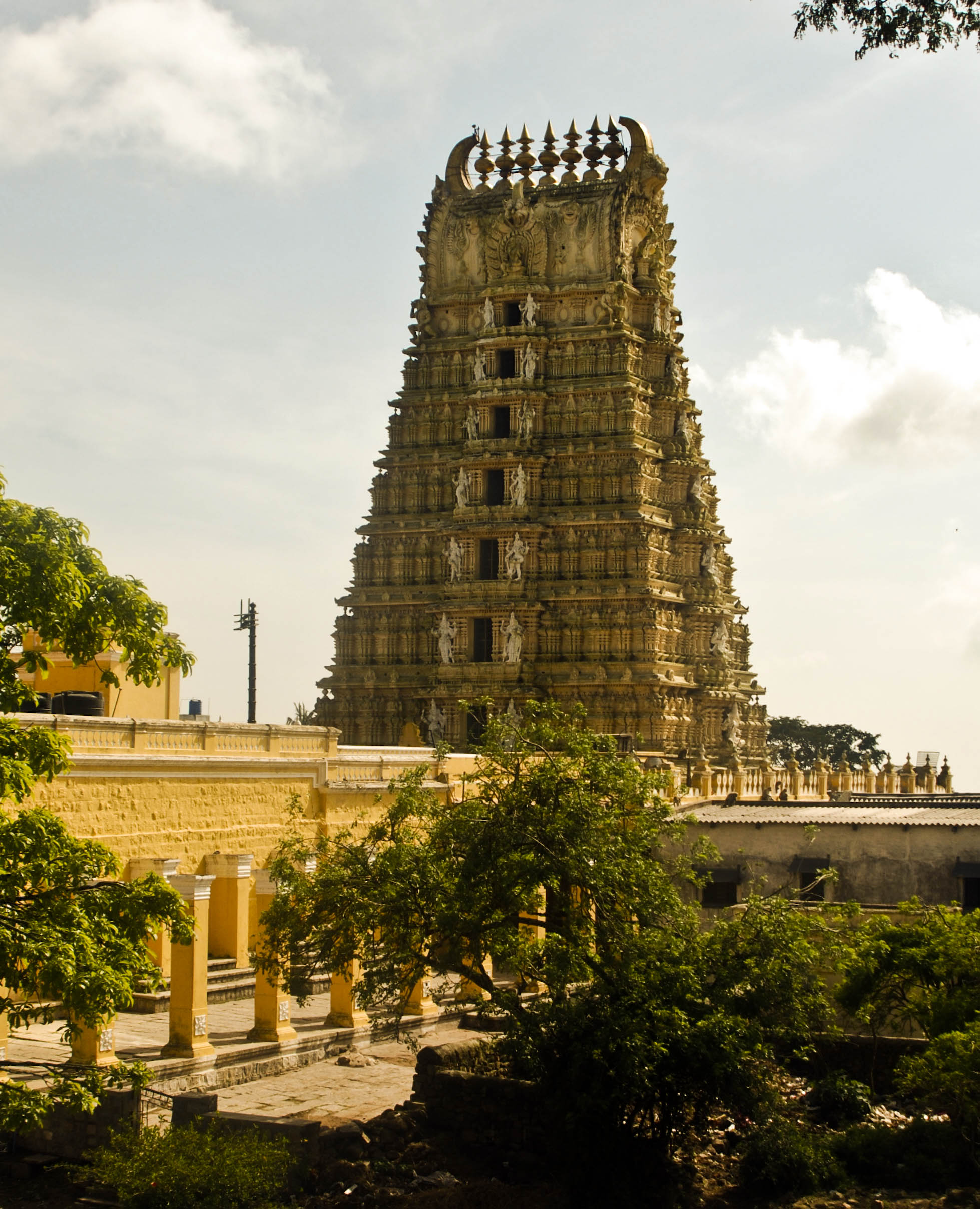|
Kamashastra
In Indian literature, Kāma- Śāstra ''(कामशास्त्र )'', refers to the tradition of works about kāma (broadly desire; particularly love, erotic, sensual and sexual desire in this case). Kāma-shastra aims to instruct the townsman (nāgarika) in the attainment of enjoyment and fulfillment. Etymology Kāma () is a Sanskrit word that has the general meanings of "wish", "desire", and "intention" in addition to the specific meanings of "pleasure" and "(sexual) love". Used as a proper name, it refers to Kamadeva, the Hindu god of love. History A sage Śvetaketu produced a work too vast to be accessible. A scholar called Babhravya, together with his group of disciples, produced a summary of Śvetaketu's summary, which nonetheless remained a huge and encyclopaedic tome. Between the 3rd and 1st centuries BC, several authors reproduced different parts of Babhravya's work in various specialist treatises. Among the authors, those whose names are known are Charayana, ... [...More Info...] [...Related Items...] OR: [Wikipedia] [Google] [Baidu] |
Shastra
''Śāstra'' ( ) is a Sanskrit word that means "precept, rules, manual, compendium, book or treatise" in a general sense.Monier Williams, Monier Williams' Sanskrit-English Dictionary, Oxford University Press, Article on 'zAstra'' The word is generally used as a suffix in the Indian literature context, for technical or specialized knowledge in a defined area of practice. ''Śāstra'' has a similar meaning to English ''-logy'', e.g. ecology, psychology, meaning scientific and basic knowledge on a particular subject. Examples in terms of modern neologisms include # 'physics', # 'chemistry', # 'biology', # 'architectural science', # 'science of mechanical arts and sculpture', # 'science of politics and economics', and # 'compendium of ethics or right policy'. In Western literature, ''Śāstra'' is sometimes spelled as Sastra, reflecting a misunderstanding of the IAST symbol 'ś', which corresponds to the English 'sh'. Etymology The word ''Śāstra'' literally means ... [...More Info...] [...Related Items...] OR: [Wikipedia] [Google] [Baidu] |
Kama Sutra
The ''Kama Sutra'' (; , , ; ) is an ancient Indian Hindu Sanskrit text on sexuality, eroticism and emotional fulfillment. Attributed to Vātsyāyana, the ''Kamasutra'' is neither exclusively nor predominantly a sex manual on sex positions, but rather a guide on the art of living well, the nature of love, finding partners, maintaining sex life, and other aspects pertaining to pleasure-oriented faculties. It is a ''sutra''-genre text with terse aphoristic verses that have survived into the modern era with different s (commentaries). The text is a mix of prose and anustubh-meter poetry verses. ''Kamasutra'' acknowledges the Hindu concept of purusharthas, and lists desire, sexuality, and emotional fulfillment as one of the proper goals of life. It discussed methods for courtship, training in the arts to be socially engaging, finding a partner, flirting, maintaining power in a married life, when and how to commit adultery, sexual positions, and other topics. The text major ... [...More Info...] [...Related Items...] OR: [Wikipedia] [Google] [Baidu] |
Kāma
''Kama'' (Sanskrit: काम, ) is the concept of pleasure, enjoyment and desire in Hinduism, Buddhism, Jainism, and Sikhism. It can also refer to "desire, wish, longing" in Hindu texts, Hindu, Buddhist texts, Buddhist, Jain literature, Jain, and Sikh literature, Sikh literature.Monier Williamsकाम, kāma Monier-Williams Sanskrit English Dictionary, pp 271, see 3rd column However, the term is also used in a technical sense to refer to any sensory enjoyment, emotional attraction or aesthetic pleasure experienced in connection with the arts, dance, music, painting, sculpture, and nature. In contemporary literature ''kama'' is often used to connote sexual desire and Longing (emotion), emotional longing,James Lochtefeld (2002), ''The Illustrated Encyclopedia of Hinduism'', Volume 1, Rosen Publishing, New York, , page 340. but the ancient concept is more expansive, and broadly refers to any desire, wish, passion, pleasure, or enjoyment of art and beauty, the aesthetic, happi ... [...More Info...] [...Related Items...] OR: [Wikipedia] [Google] [Baidu] |
Kamashastra
In Indian literature, Kāma- Śāstra ''(कामशास्त्र )'', refers to the tradition of works about kāma (broadly desire; particularly love, erotic, sensual and sexual desire in this case). Kāma-shastra aims to instruct the townsman (nāgarika) in the attainment of enjoyment and fulfillment. Etymology Kāma () is a Sanskrit word that has the general meanings of "wish", "desire", and "intention" in addition to the specific meanings of "pleasure" and "(sexual) love". Used as a proper name, it refers to Kamadeva, the Hindu god of love. History A sage Śvetaketu produced a work too vast to be accessible. A scholar called Babhravya, together with his group of disciples, produced a summary of Śvetaketu's summary, which nonetheless remained a huge and encyclopaedic tome. Between the 3rd and 1st centuries BC, several authors reproduced different parts of Babhravya's work in various specialist treatises. Among the authors, those whose names are known are Charayana, ... [...More Info...] [...Related Items...] OR: [Wikipedia] [Google] [Baidu] |
Ratirahasya
The ''Ratirahasya'' (Sanskrit ) (translated in English as ''Secrets of Love'', also known as the ''Koka Shastra'') is an early medieval Kashmiri sex manual written by Kokkoka, a poet, who is variously described as Koka or Koka Pandit. The exact date of its writing is not known, but it is estimated the text was written in the 11th or 12th century. It is speculated that ''Ratirahasya'' was written to please a king by the name Venudutta. Kokkoka describes himself in the book as ''siddha patiya pandita'', i.e. "an ingenious man among learned men". The manual was written in Sanskrit. Historical context Unlike the ''Kama Sutra'', which is an ancient sex manual related to Hindu literature, ''Ratirahasya'' deals with medieval Indian society. A sex manual was needed that would be suitable for the medieval cultural climate, and ''Ratirahasya'' was written, quite different from the ancient text ''Kama Sutra''. Structure There are fifteen ''pachivedes'' (chapters) and 800 verses in ''Ra ... [...More Info...] [...Related Items...] OR: [Wikipedia] [Google] [Baidu] |
Mysore
Mysore ( ), officially Mysuru (), is a city in the southern Indian state of Karnataka. It is the headquarters of Mysore district and Mysore division. As the traditional seat of the Wadiyar dynasty, the city functioned as the capital of the Kingdom of Mysore for almost six centuries (). Known for its heritage structures, palaces (such as the famous Mysore Palace), and its culture, Mysore has been called the "City of Palaces", the "Heritage City", and the " Cultural capital of Karnataka". It is the second-most populous city in the state and one of the cleanest cities in India according to the Swachh Survekshan. Mysore is situated at the foothills of the Chamundi Hills. At an altitude of above mean sea level, the city of Mysore is geographically located at 12° 18′ 26″ north latitude and 76° 38′ 59″ east longitude. It is about southwest of the state's capital, Bangalore, and spreads across an area of (city and neighbouring census towns). The population of th ... [...More Info...] [...Related Items...] OR: [Wikipedia] [Google] [Baidu] |
Maharaja
Maharaja (also spelled Maharajah or Maharaj; ; feminine: Maharani) is a royal title in Indian subcontinent, Indian subcontinent of Sanskrit origin. In modern India and Medieval India, medieval northern India, the title was equivalent to a prince. However, in late ancient India and History of South India, medieval south India, the title denoted a king. The form "Maharaj" (without "-a") indicates a separation of noble and religious offices, although since in Marathi the suffix ''-a'' is silent, the two titles are near homophones. Historically, the title "Maharaja" has been used by kings since Vedic period, Vedic times and also in the second century by the Indo-Greek Kingdom, Indo-Greek rulers (such as the kings Apollodotus I and Menander I) and then later by the Indo-Scythians (such as the king Maues), and also the Kushans as a higher ranking variant of "Raja". Eventually, during the medieval era, the title "Maharaja" came to be used by sovereignty, sovereign princes and vassal ... [...More Info...] [...Related Items...] OR: [Wikipedia] [Google] [Baidu] |
Vijayanagara
Vijayanagara () is a city located in Vijayanagara district of Karnataka state in India.Vijayanagara Encyclopaedia Britannica Vijayanagara was the capital city of the historic Vijayanagara Empire. Located on the banks of the Tungabhadra River, it spread over a large area and included sites in the Vijayanagara district, the Ballari district, and others around these districts. A part of Vijayanagara ruins known as the Group of Monuments at Hampi has been designated as a UNESCO World Heritage Site. Hampi, an ancient human settlement mentioned in Hindu texts, houses pre-Vijayanagara temples and monuments. In the early 14th century, the dominant Kakatiya Dynasty, Kakatiyas, Yadavas of Devagiri, Seuna Yadavas, Hoysala Empire, Hoysalas, and the short-lived Kampili kingdom, who inhabite ... [...More Info...] [...Related Items...] OR: [Wikipedia] [Google] [Baidu] |
Samaya Mātrikā
The Samaya Mātrikā ( en: ''The Courtesan's Keeper'') is a satire written by the 11th-century Kashmiri poet Kshemendra. Originally written in Sanskrit, the work has since been translated into English by A. N. D. Haksar. Description History ''Samaya Matrika'', or ''The Courtesan's Keeper'', was written by the Kashmiri poet Kshemendra. The poet was born in Kashmir in the 11th century, and much of his body of work was set in the Kashmir region. He studied both Vaishnavism and Buddhism, and was versed in several vedic texts.Warder, Anthony Kennedy (1992). ''Indian Kāvya Literature: The art of storytelling''. Delhi: Motilal Banarsidass Publ. . pp. 365 After years of recording, abridging, and translating various texts, the poet began to produce his own works, one of which would become ''Samaya Matrika''.Kshemendra (2011). ''Three Satires: From Ancient Kashmir''. Translated by Haksar, A. N. D. Penguin Books. . The work was produced post 1037, the year in which the author began to ... [...More Info...] [...Related Items...] OR: [Wikipedia] [Google] [Baidu] |
Indian Literature
Indian literature refers to the literature produced on the Indian subcontinent until 1947 and in the Republic of India thereafter. The Eighth Schedule to the Constitution of India has 22 officially recognised languages. Sahitya Akademi, India's highest literary body, also has 24 recognised literary languages. The earliest works of Indian literature were orally transmitted. Sanskrit literature begins with the oral literature of the Rig Veda, a collection of literature dating to the period 1500–1200 BCE. The Sanskrit epics ''Ramayana'' and '' Mahabharata'' were subsequently codified and appeared towards the end of the 2nd millennium BCE. Classical Sanskrit literature developed rapidly during the first few centuries of the first millennium BCE, as did the Pāli Canon and Tamil Sangam literature. Ancient Meitei appeared in the 1st century CE with sacred musical compositions like the Ougri,———— and heroic narratives like the Numit Kappa.———— In th ... [...More Info...] [...Related Items...] OR: [Wikipedia] [Google] [Baidu] |



